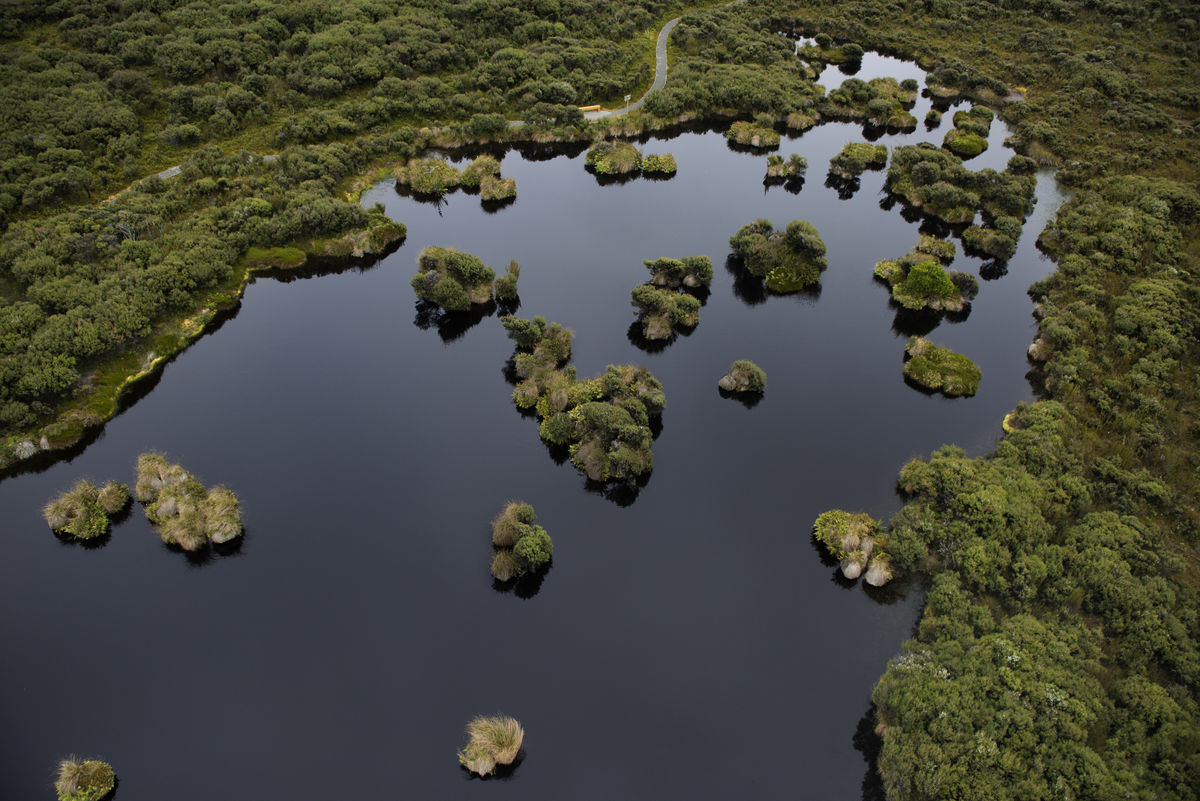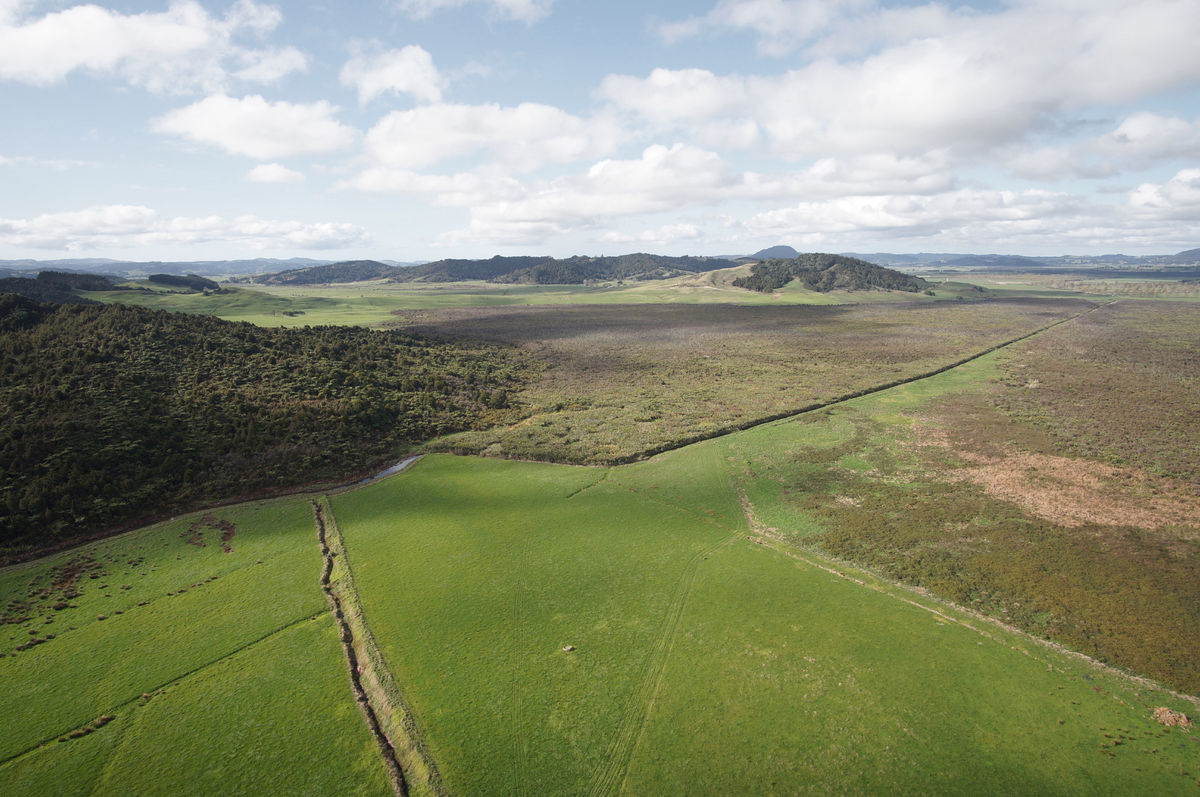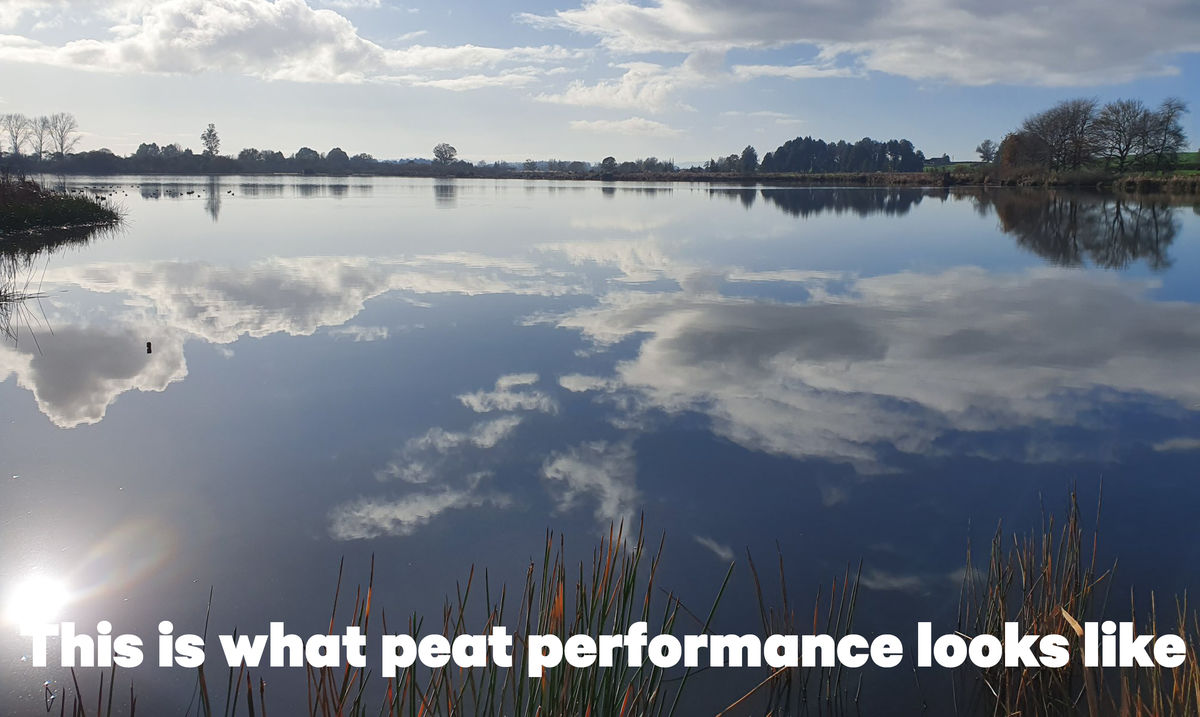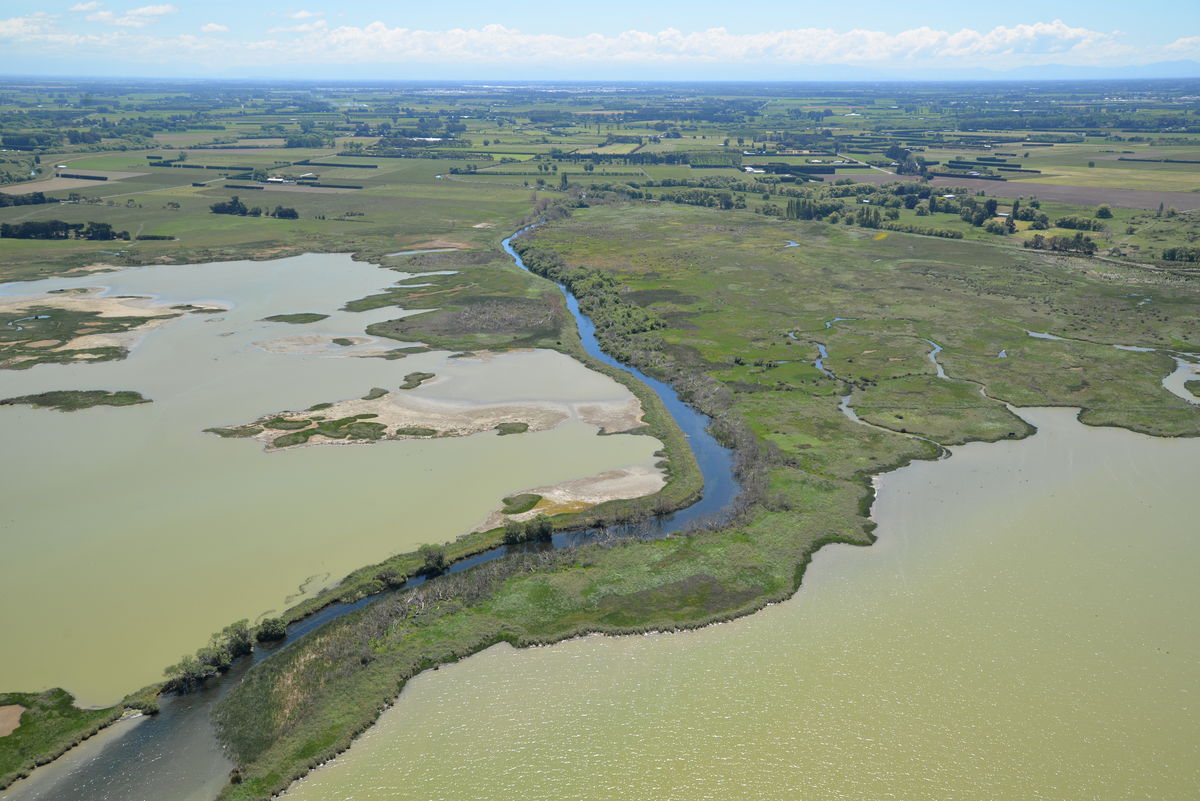
Wetlands, wondrous wetlands
What happened to our wetlands?
Over 90% of Wetlands in Aotearoa New Zealand have been lost to modification and they’ve long been undervalued, possibly because they aren’t as awe inspiring as a lush West Coast forest nor do they house the colourful birds synonymous with New Zealand. But they provide something much more important: mauri, the life force of our existence, freshwater!

Early settlers did a phenomenal job of draining New Zealand’s swampy, peaty wetlands without the help of machinery. It’s hard to imagine the back-breaking work of clearing scrub and digging long straight channels to drain water from the land. These modifications resulted in the rich farmland that became the backbone of New Zealand’s economy and later the sprawling urban areas many now call home. Now, over 100 years later, we understand the lasting effects this has had on our biodiversity and we know how important wetlands are for water quality, flood prevention and carbon storage.
Living Water, the 10-year partnership between Department of Conservation and Fonterra, think it’s time wetlands step into the spotlight, let’s give them the love we give the Kākāpō, it’s time to show them the respect they deserve.
Wading in for wetlands
The swampy, boggy transitional zones between land and water are needed for flood protection, water quality, are home to birds, fish, invertebrates, and plants and are critical carbon sinks, peat bogs put the carbon we burn back underground.

To Māori, repo (swamps) are taonga, providing habitat for native plants, fish, birds, reptiles and insects, and a source of mahinga kai as they are the breeding ground for native fish including tuna, inanga, kōkopu, mudfish, koura and bullies. The wetland plants like harakeke, kuta, raupō and kahikatea (to name a few) provide medicinal plants for rongoā, tools and weaving.
Today, wetlands provide a buffer between land and water bodies. The 10% of wetlands remaining in New Zealand need protection to help ensure we continue to have freshwater.
For Living Water, working in agricultural areas, many of our projects involve wetland protection, enhancement, and restoration in lowland areas. Each catchment comes with its own landscape and partnership intricacies, so each has a different approach. One constant is we work with local iwi across our sites to integrate mātauranga Māori into our projects, looking at the past helps us aim for the future.
Here’s a selection of our projects that have a direct impact on wetlands
National Projects
We’ve been building pilot projects that change the way we look at wetlands on farms. The greatest gains to be made are by farming with nature not against it
Farming with native biodiversity, a pilot project to help on-farm advisors grow their understanding of biodiversity, like wetlands and build restoration and protection objectives into Farm Environment plans. Meaning protection and restoration will become a part of the farming system.
QEII National Trust Partnership, Living Water contributed funding towards covenanting costs and helped identify and secure priority land areas on farms for protection, many were wetlands. Funding contributed to fencing out stock, controlling pest animals such as possums, goats, deer and pigs, along with weed species, to allow a diverse range of species to flourish.
Wairua, Northland/Te awa o Wairua
This catchment is home to two large wetlands, Otakairangi and Wairua, as well as dozens of small, isolated and fragmented wetland and riparian forest remnants, including fen, bog and marsh. The wetlands are surrounded by dairy farms, Living Water has been working with landowners to encourage on-farm actions and mitigations as well as partnering with Ngā Kaitiaki O Ngā Wai Māori to carry out water quality monitoring, fish sampling and cultural health assessments in and around the repo.
Otakairangi Pocket transformation, the health of the Otakairangi wetland is compromised significantly by drainage, exotic weeds, animal pests and nutrient enrichment. Projects have been implemented on surrounding farms and monitored, costs and results are shared with others to accelerate the uptake of solutions.
Oxbow restorations, adjacent to the Wairua River Reserve were completed in 2019 The aim was to replicate vegetation on a 7.4ha area of retired farmland with Nortland Fish and Game, Ngā Kaitiaki o Ngā Wai Māori and Whangarei District Council. A Matuku/Bittern was found in one of the restoration sites!
Catchment map of all our Wairua projects

Pūkorokoro-Miranda, Hauraki
Located on the Firth of Thames/Tīkapa Moana, the Pūkorokoro-Miranda catchment flows into an internationally significant 8,500-hectare coastal wetland that is protected under the Ramsar Convention. Living Water’s key focus is restoring and reconnecting the wetlands and freshwater ecosystems with a community-led “mountains to sea” approach.
Coastal wildlife habitat acquisition and restoration – The purchase of 19.6ha of retired farmland that is becoming a designated Wildlife Management Reserve. The reserve is a freshwater and estuarine wetland. The restoration will improve breeding, roosting and feeding conditions for shorebirds
The coastal wetlands of Pūkorokoro-Miranda could become blue carbon credit sites. Coastal wetland systems protect against sea-level rise and storm surges. The mangroves, marshes and seagrass protect against coastal erosion. If the site is deemed to be sequestering enough carbon it may become an area where investors can help pay for restoration. Story on stuff.co.nz
Catchment map of all our Pūkorokoro-Miranda projects
Waikato Peat Lakes, Waikato
The peat lakes are a rare ecosystem, classified as acutely threatened. The focus here is restoring the peat ecosystems which is very difficult because peatlands form over tens of thousands of years. Work has been focused around the lake’s wetland margins and improving the water quality and habitat in agricultural waterways that flow into the lakes.
At Lake Ruatuna we’ve worked with the community to level-up the mauri in the area by restoring the wetland lake margins, including removing plant pests like willow and nuisance? weeds like ludgwigia, replacing it with native trees to provide shade. Sediment traps were constructed around the lake and have recently been planted with kuta to help slow the flow of water, allowing nutrients and sediment to drop out before it enters the lake. The locals of Ōhaupō have adopted the peat lakes, putting up signs welcoming people to the peat lakes and bringing attention to the wetland birds that depend on the wetlands. Perhaps the most significant community buy-in for the future of the lakes is local iwi Ngāti Apukura establishing Pā harakeke/Rongoā (traditional Maori medicine) garden and Nature Education Trail. Eleven different varieties of harakeke have been planted around Lake Ruatuna, providing habitat for the wetland birds and insects as well as materials for weaving material.
The Manga-o-tama catchment project expands on Living Water’s existing work in the catchment, bringing together iwi, councils, landowners, conservationists to work on a catchment-wide approach to improve water quality and restore habitat for native biodiversity along the Manga-o-tama stream. In mid-October 2021 the Waikato River Authority (WRA) approved $388,000 of funding for a two-year work programme.

Ararira-LII, Canterbury
Te Waihora/Lake Ellesmere is New Zealand’s fifth largest lake and an important wetland ecosystem. There is an extensive network of drains and waterways with springs bubbling up across the plains. Two large wetland areas still exist at Yarrs Flat and Yarrs Lagoon/ Tārerekautuku as well as various fragments. Living Water is focusing on improving the waterways that flow into the larger Ararira-LII River and the Lagoon, the sediment and nutrients have smothered the wetland environment and degraded water quality.
One of the first projects Living Water took on in the area was planting Yarrs Flat, on the shores of Te Waihora/Lake Ellesmere which has been scaled up with funding from the One Billion Trees programme with a the aim of getting around 70,00 trees in the ground over three years. Video here.
Tārerekautuku/Yarrs Lagoon is a 77ha reserve in the heart of the Ararira/LII catchment, a large wetland remnant – very rare on the Canterbury Plains and a biodiversity hotspot. Living Water has been supporting Selwyn District Council to intensify the focus on waterway and lagoon management. We’re doing this by building capacity within the Council and supporting the development of a plan for the Lagoon along with weed control at priority sites.
Ararira-LII Catchment water network redesign incorporates learnings from re-establishing wetland margins on what have previously been roadside drains and improving the overall management of waterways within the area to improve biodiversity and improve the quality of water that flows into Te Waihora/Lake Ellesmere. A key wetland habitat for many endangered birds, fish, plants and insects.
Key lessons for the above have been taken from the Powells Road waterway enhancement project, proof that you can turn roadside drains into areas with functioning wetlands, provide habitat and continue to keep water off the land.
Catchment map of all our Ariarira-LII projects
Waituna Lagoon, Southland
Waituna Lagoon, a RAMSAR Wetland of International Importance and part of the 20,000 hectare Awarua wetland complex, one of the largest remaining wetlands in New Zealand. It’s made up of coastal lagoon, peatlands, salt marsh, gravel beach, ponds, estuaries, and lakes. The area is home to rare birds like marsh and spotless crakes, godwits, Australasian bitterns/matuku and fernbirds as well as migratory and wading birds like Siberian tattlers, greenshanks and sanderlings. The lagoon and nearby Waituna Creek is a hotspot for native long-fin eels and giant kōkopu, a threatened species from the Galaxiidae family. The wetland is an important spawning ground for a range of indigenous fish species such as Inanga (whitebait), waikōura (freshwater crayfish) and kanakana (lamprey).
Living Water is working for better management of the Waituna Lagoon and surrounding waterways through the Waituna Catchment Nutrient Reduction Project, aimed at improving on-farm practices and ensuring the right tools are used in the right places. Several organisations and iwi have joined forces under the Whakamana Te Waituna partnership to work on solutions
The Waituna creek restoration project, a stretch of the creek was a trial site for adding back wetland and fish habitat. Research from seven years of monitoring show the improvements have paid off with an increase in giant kōkopu, large longfin eels/tuna and Piharau/kanakana/lamprey.
The Planting biodiversity Corridors project reconnected fragments of wetland scattered across the catchment by engaging local communities and landowners to plant margins along the banks of rivers and streams between existing remnants.
